Archimedes Spiral Wind Turbine CFD Simulation (Moving Mesh), ANSYS Fluent
$160.00 $80.00 Student Discount
- This project simulates an Archimedes Spiral Wind Turbine in ANSYS Fluent software.
- The geometry is designed in Solid works then meshed in ANSYS Meshing with 3,207,809 unstructured cells.
- The rotation of the blade is simulated via Mesh Motion.
- The turbulence of the air flow is modeled with SST k-w model.
To Order Your Project or benefit from a CFD consultation, contact our experts via email (info@mr-cfd.com), online support tab, or WhatsApp at +44 7443 197273.
There are some Free Products to check our service quality.
If you want the training video in another language instead of English, ask it via info@mr-cfd.com after you buy the product.
Description
Description
This project simulates an Archimedes Spiral Wind Turbine in ANSYS Fluent software. The Archimedes Spiral Wind Turbine was one of several innovative HAWT designs being explored to increase the adoption of wind energy in urban environments. It’s important to note that the success and widespread adoption of such technologies can vary based on advancements in design, cost-effectiveness, and market conditions.
The studied model is made of two zones including rotating zone, a small cylinder around the spiral blade, and a stationary zone, a duct as an enclosure. The geometry is designed in Solid works then meshed in ANSYS Meshing with 3,207,809 unstructured cells.
Methodology
The rotation of the blade is simulated via Mesh Motion that is suitable for the simulated unsteady problem in which the rotating zone rotates around the z axis with angular velocity of 300 [rpm].
Also, the turbulence of the air flow is modeled with SST k-w model.
Results
The contours and path lines show how the fluid behaves around the spiral blade. For instance the velocity contour and streamline clearly indicates the nature of applicating such a spiral blade in this kind of turbine in which the higher velocities occur at the inner region of the rotor due to local acceleration around the blunt-body corners. Also the pressure distribution varies along the blade length, with significant differences between the root and tip regions. Understanding these aerodynamic characteristics is crucial for optimizing the performance of such turbines.
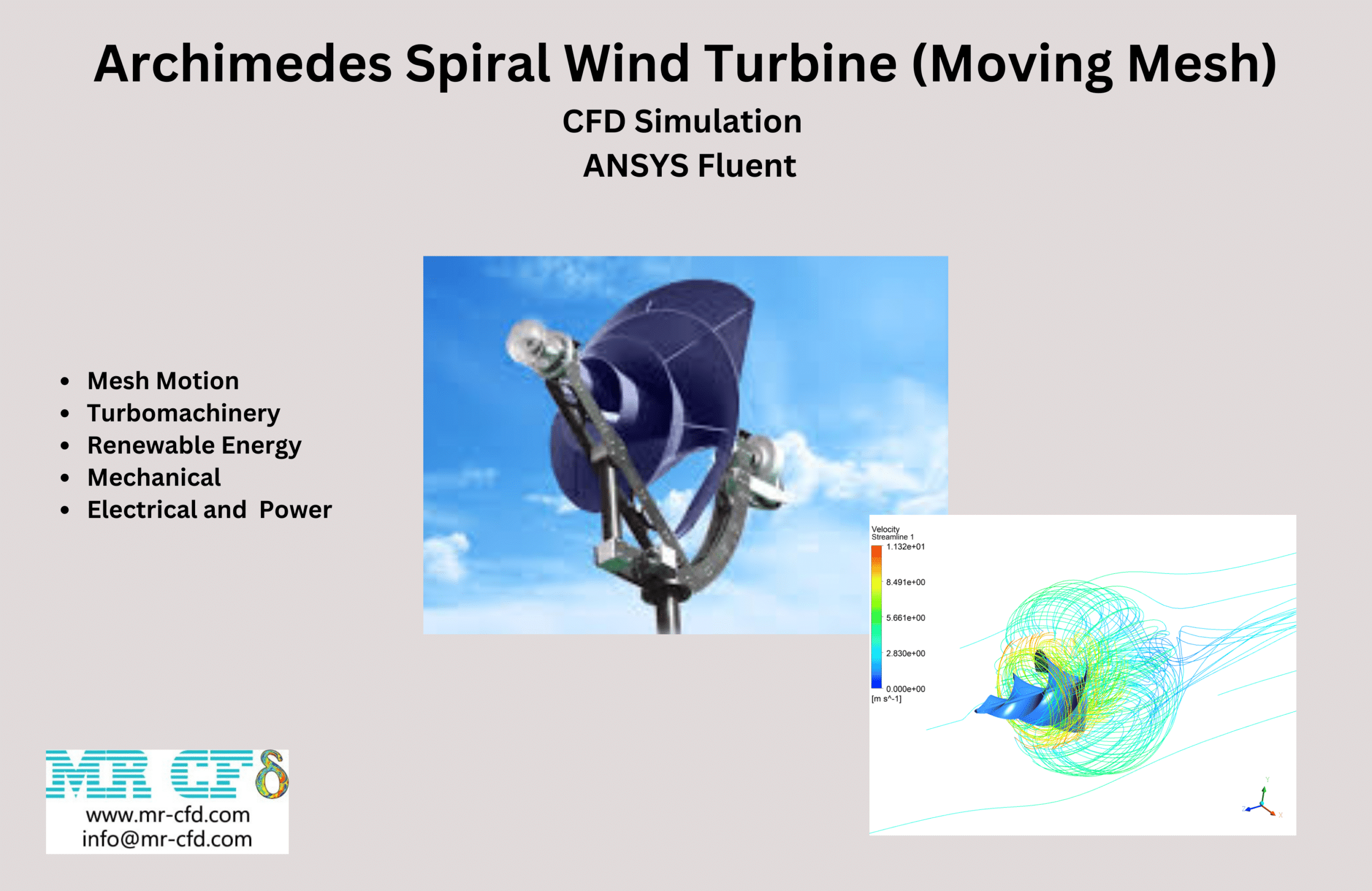
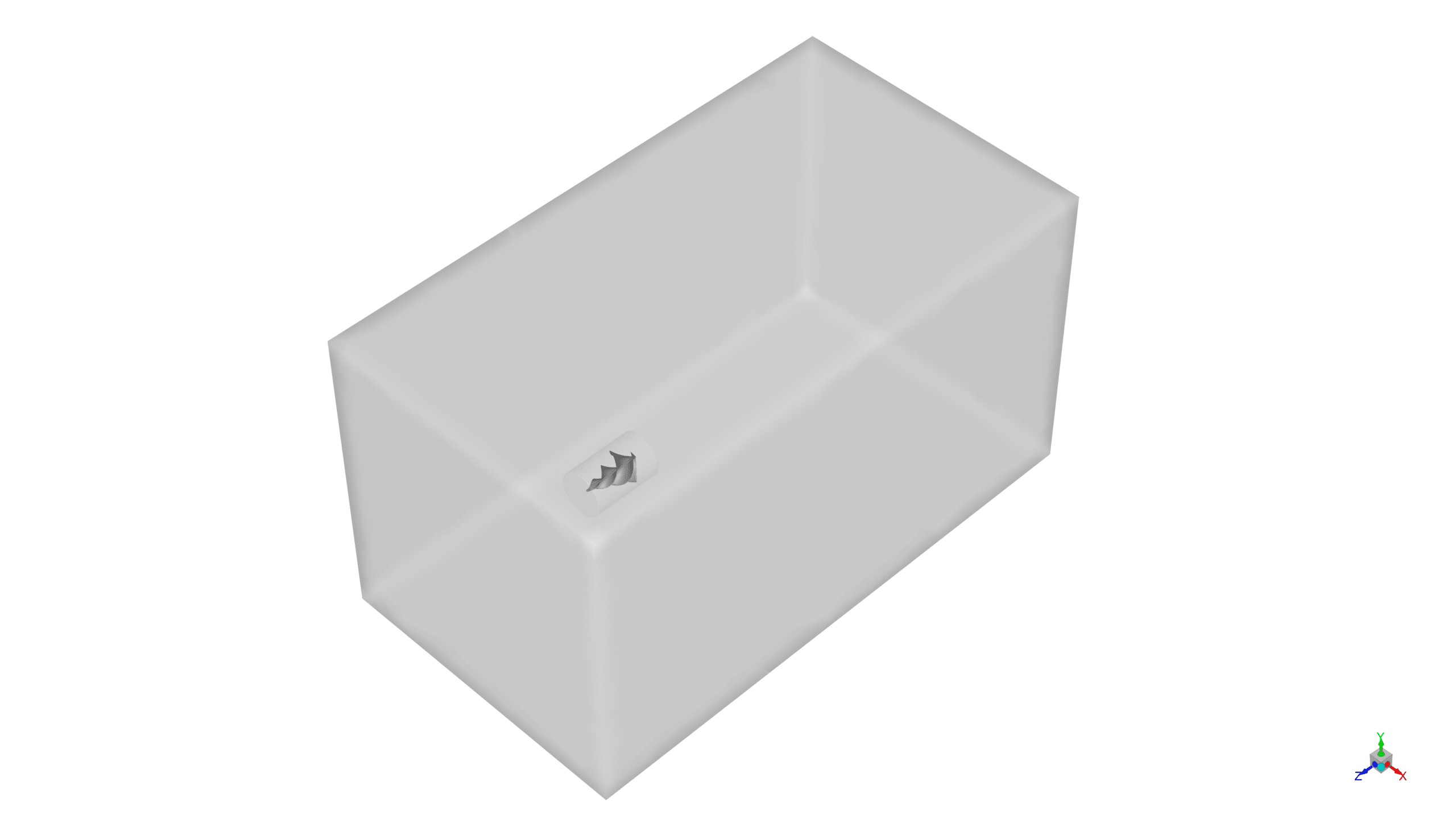
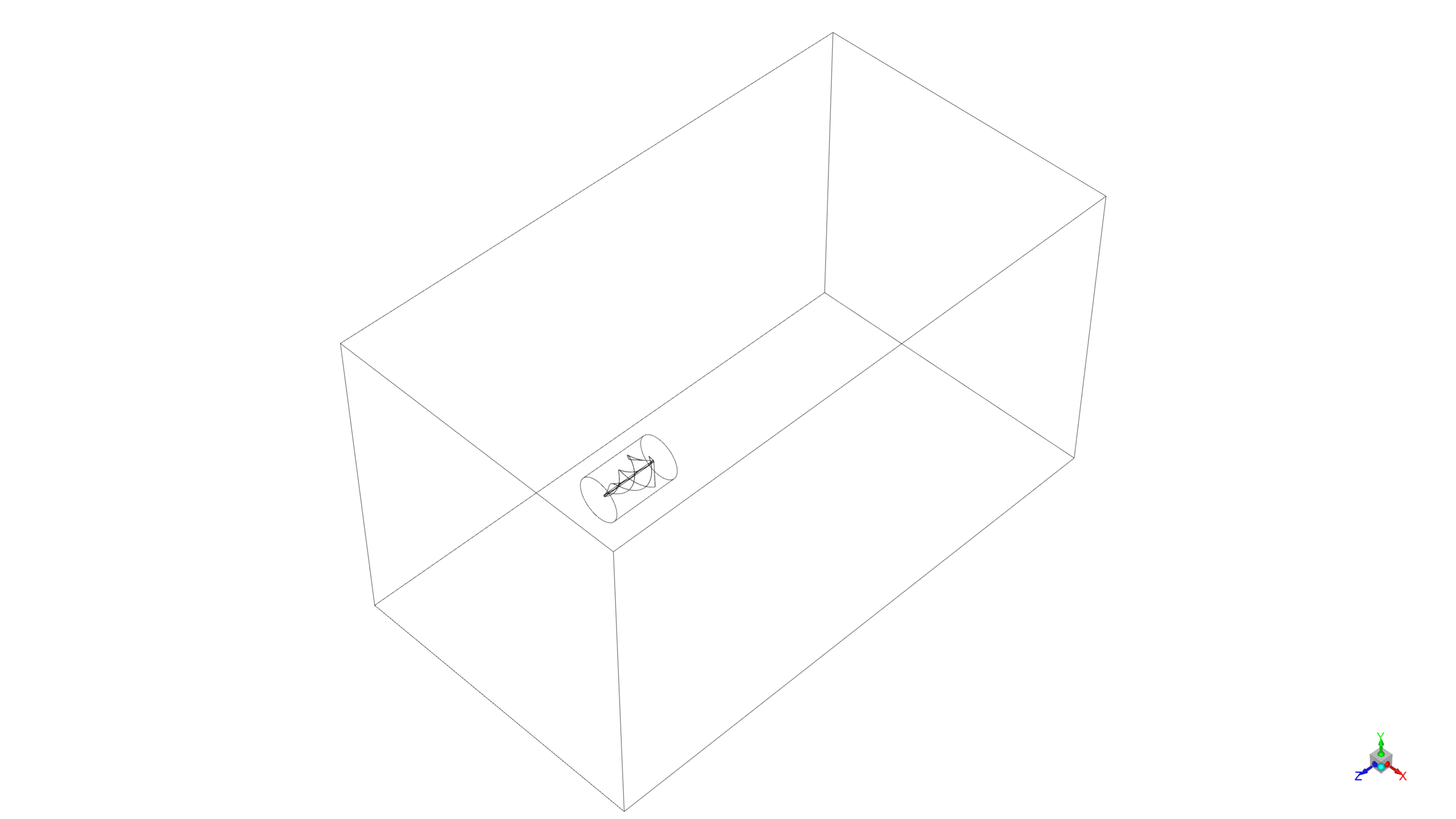
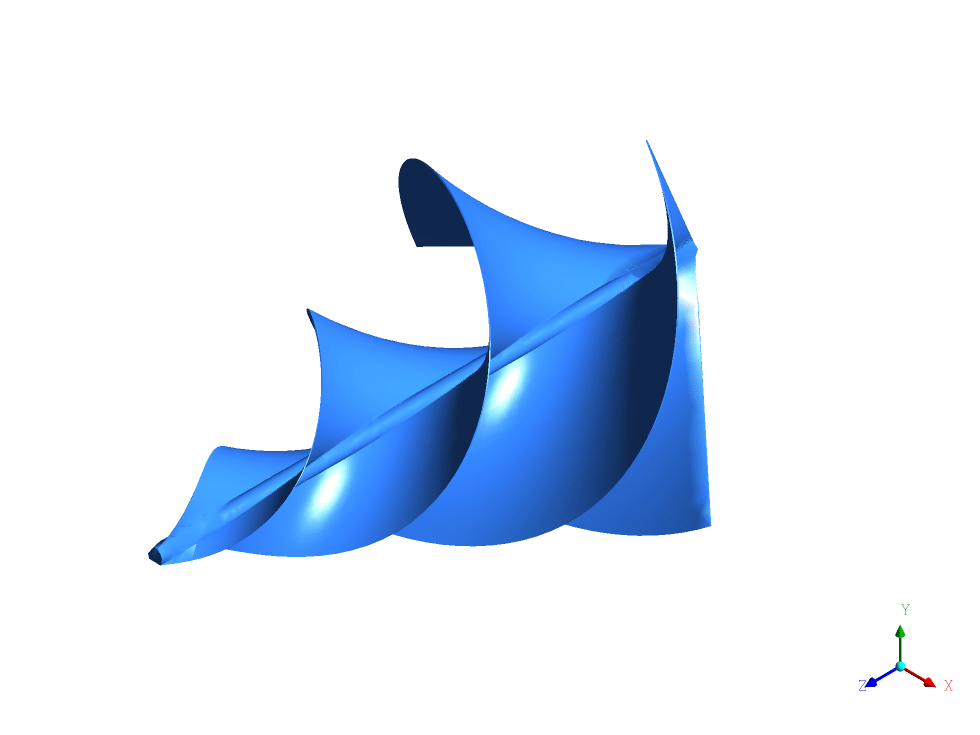
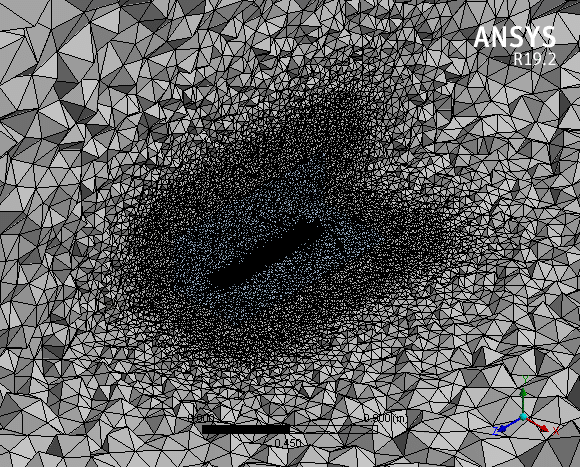
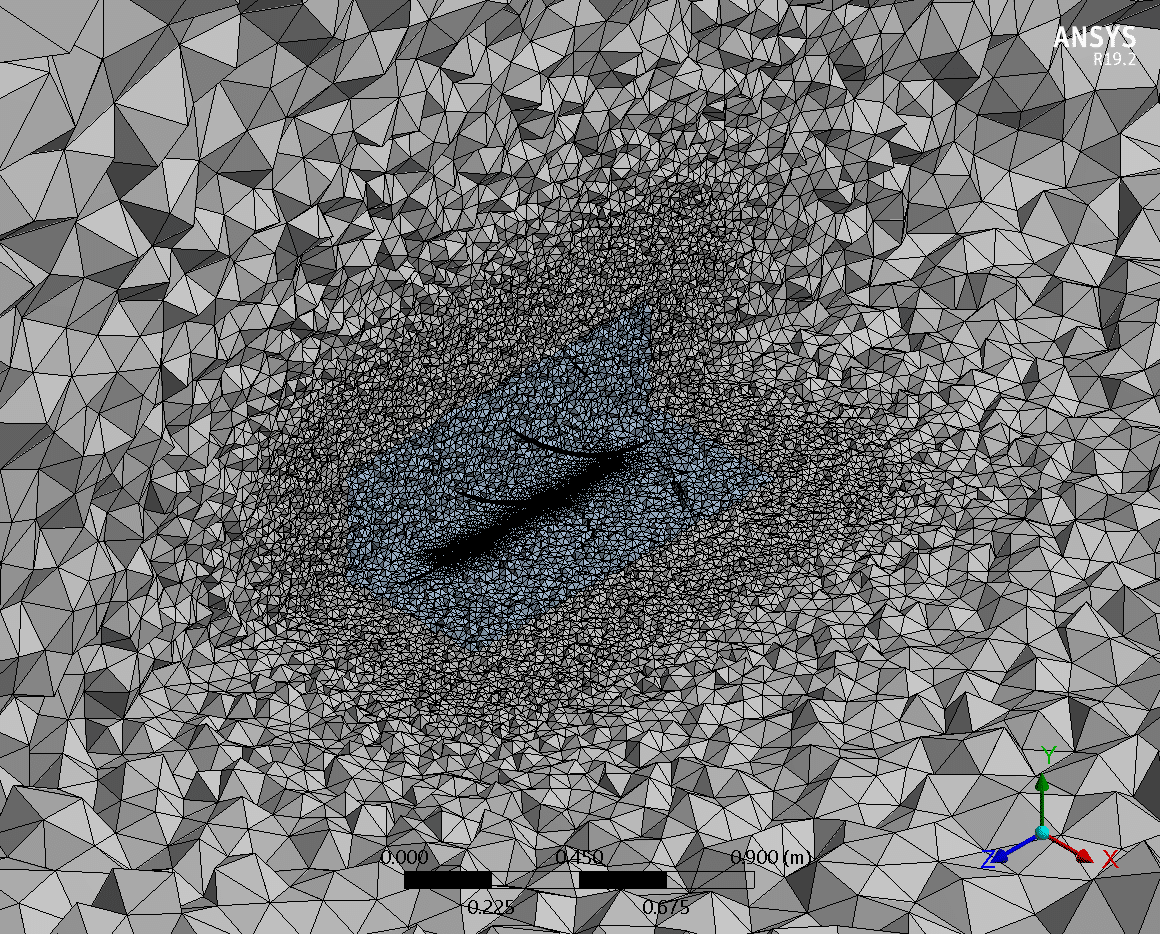
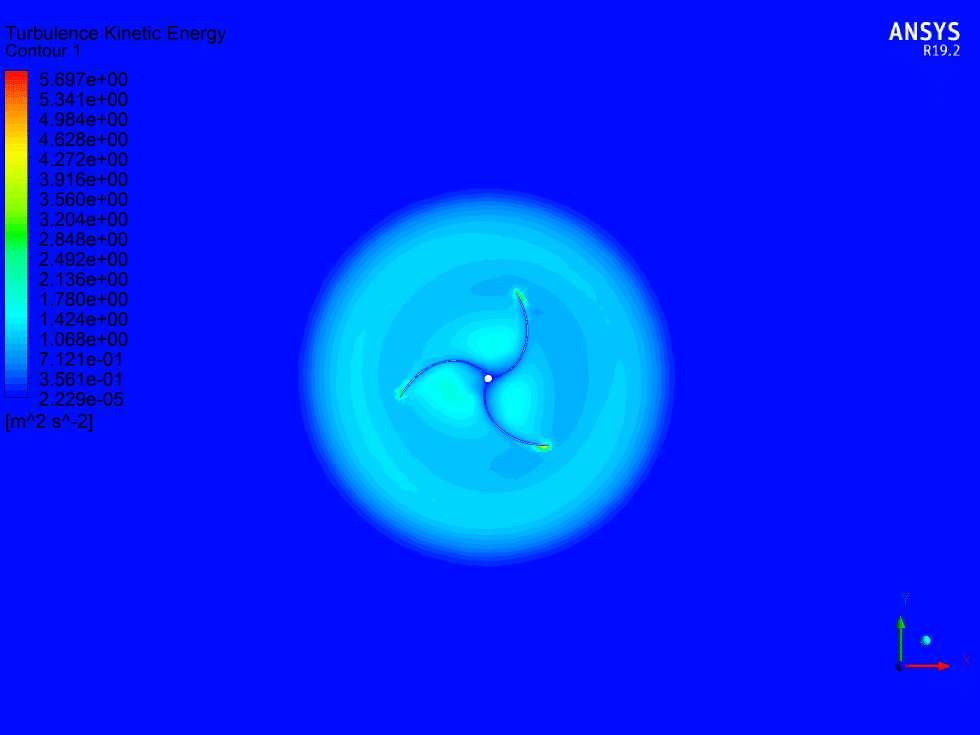
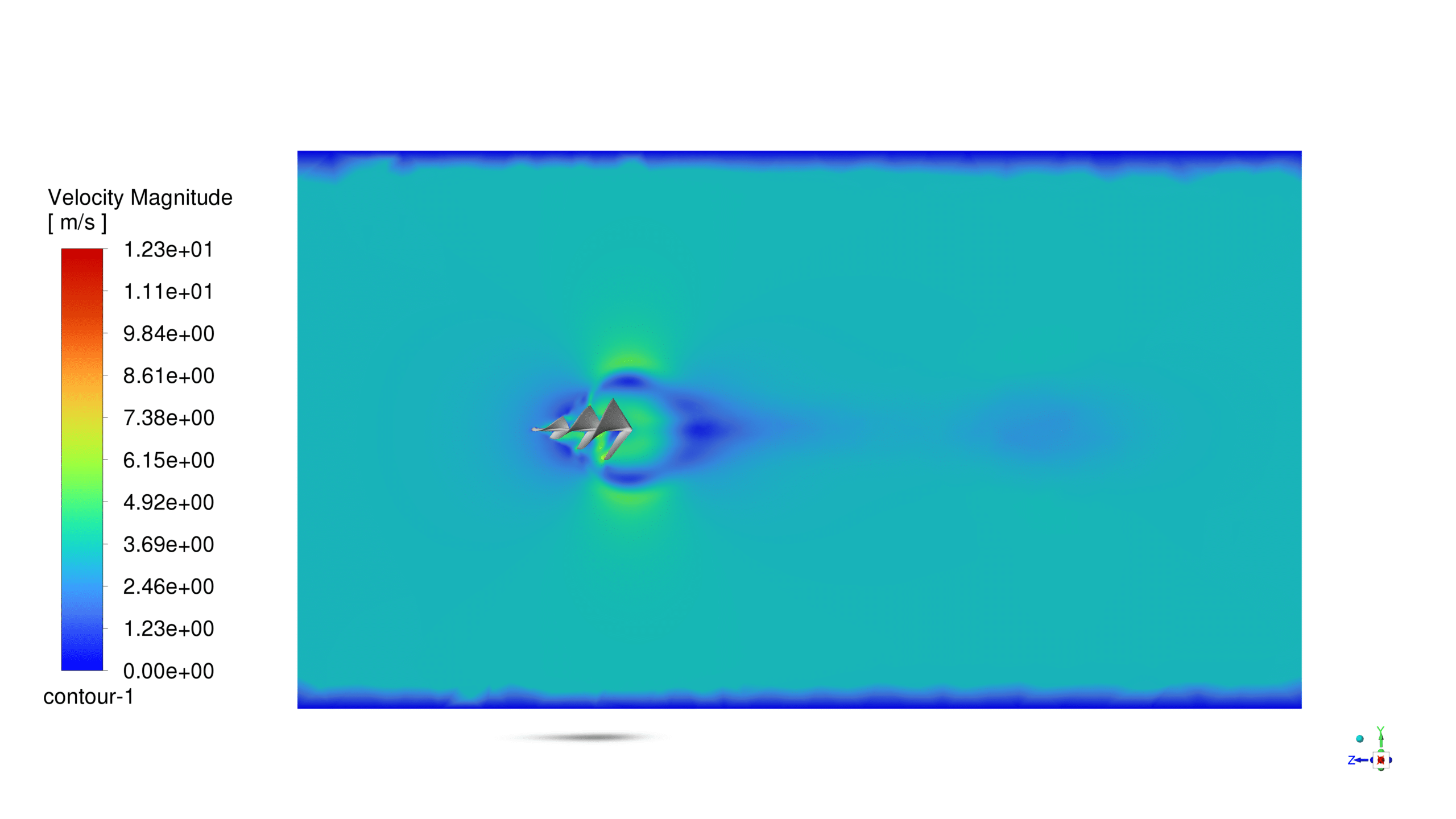
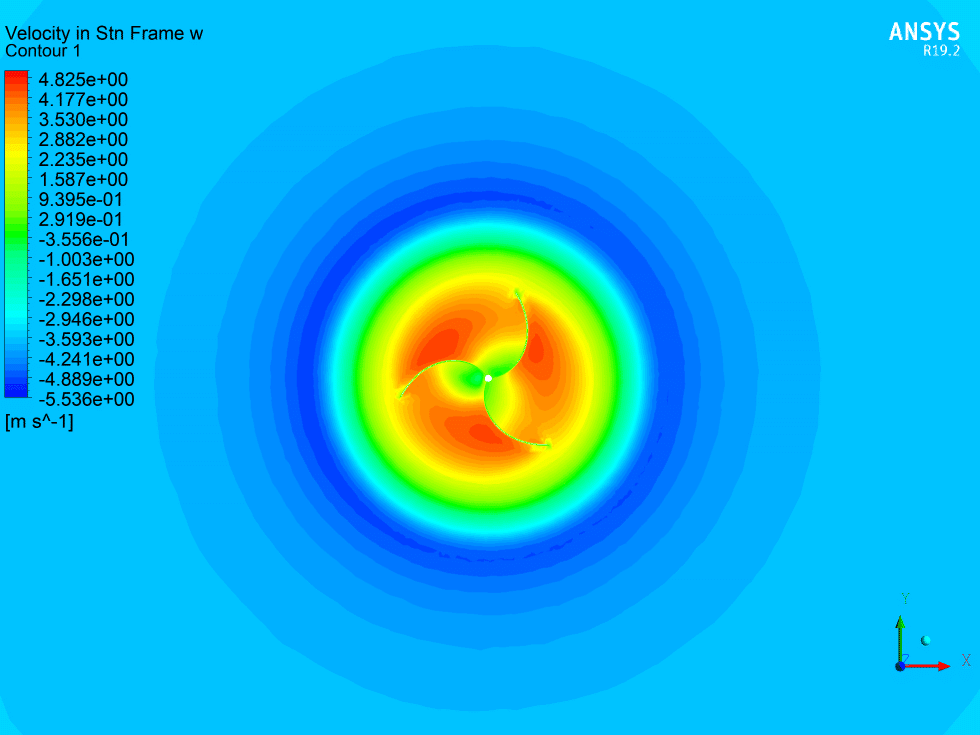
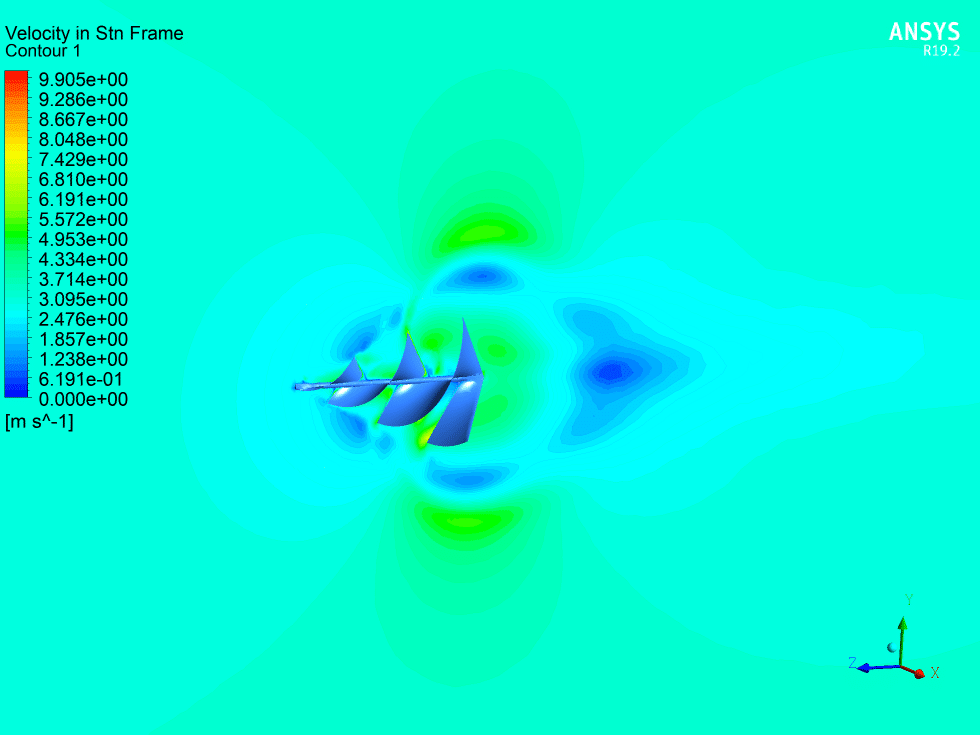

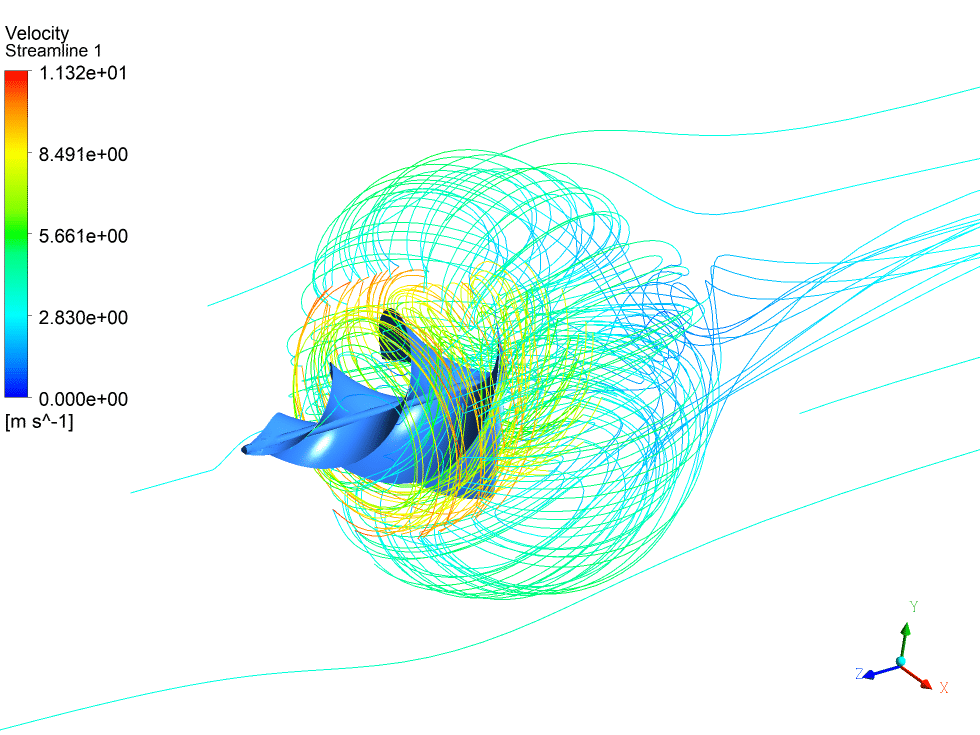
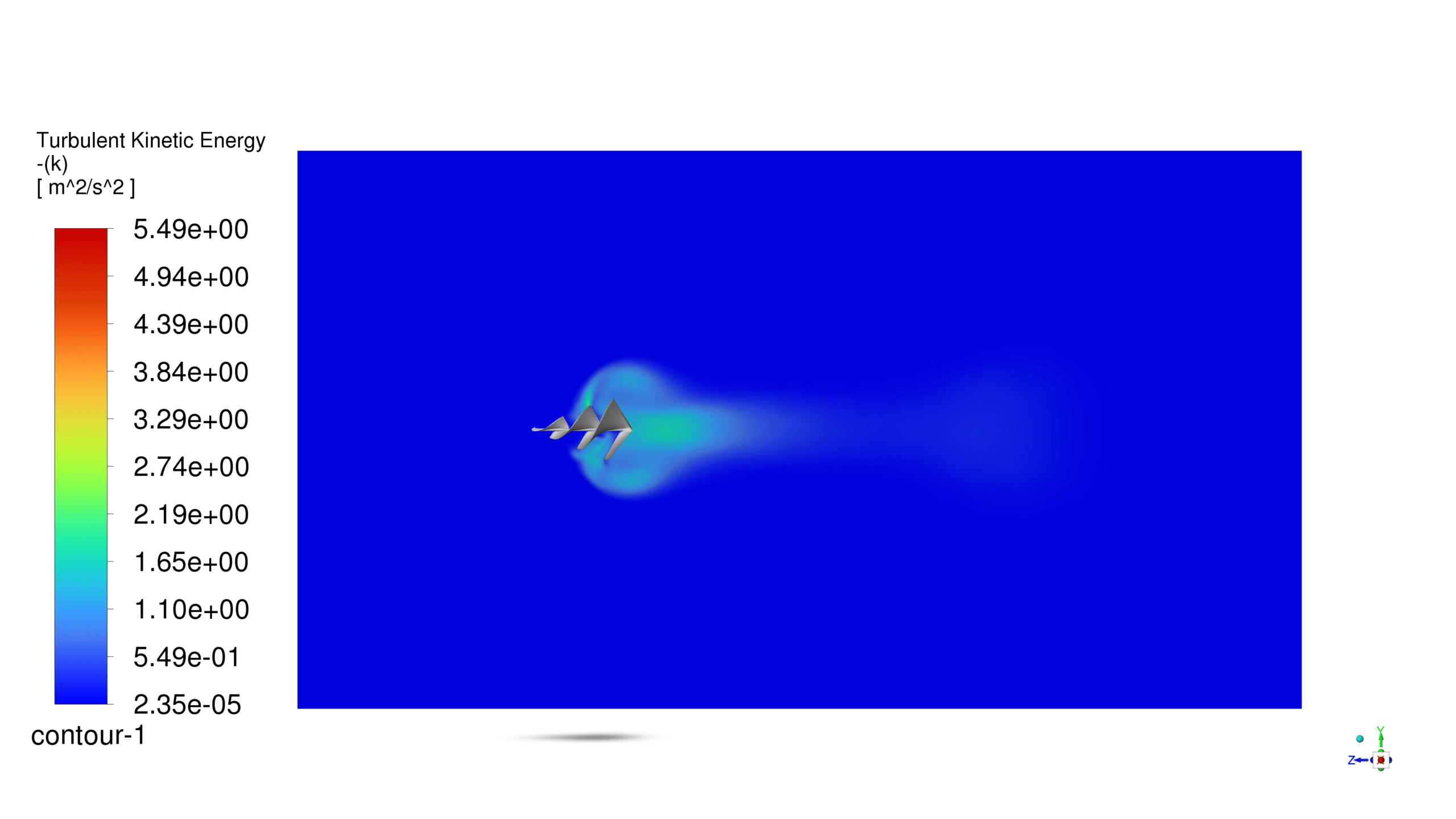

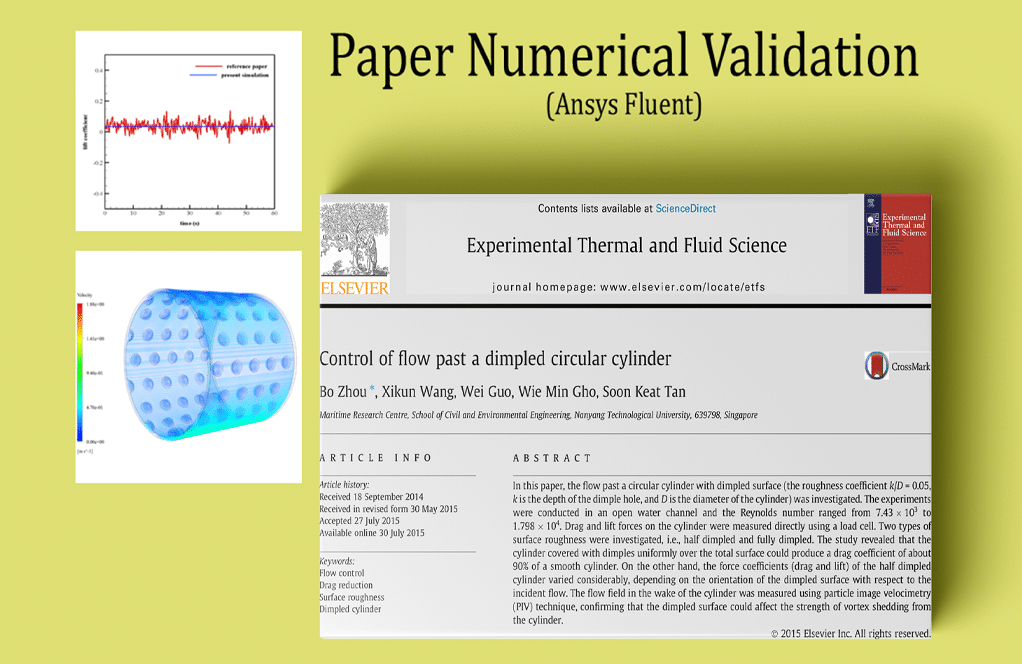

Reviews
There are no reviews yet.